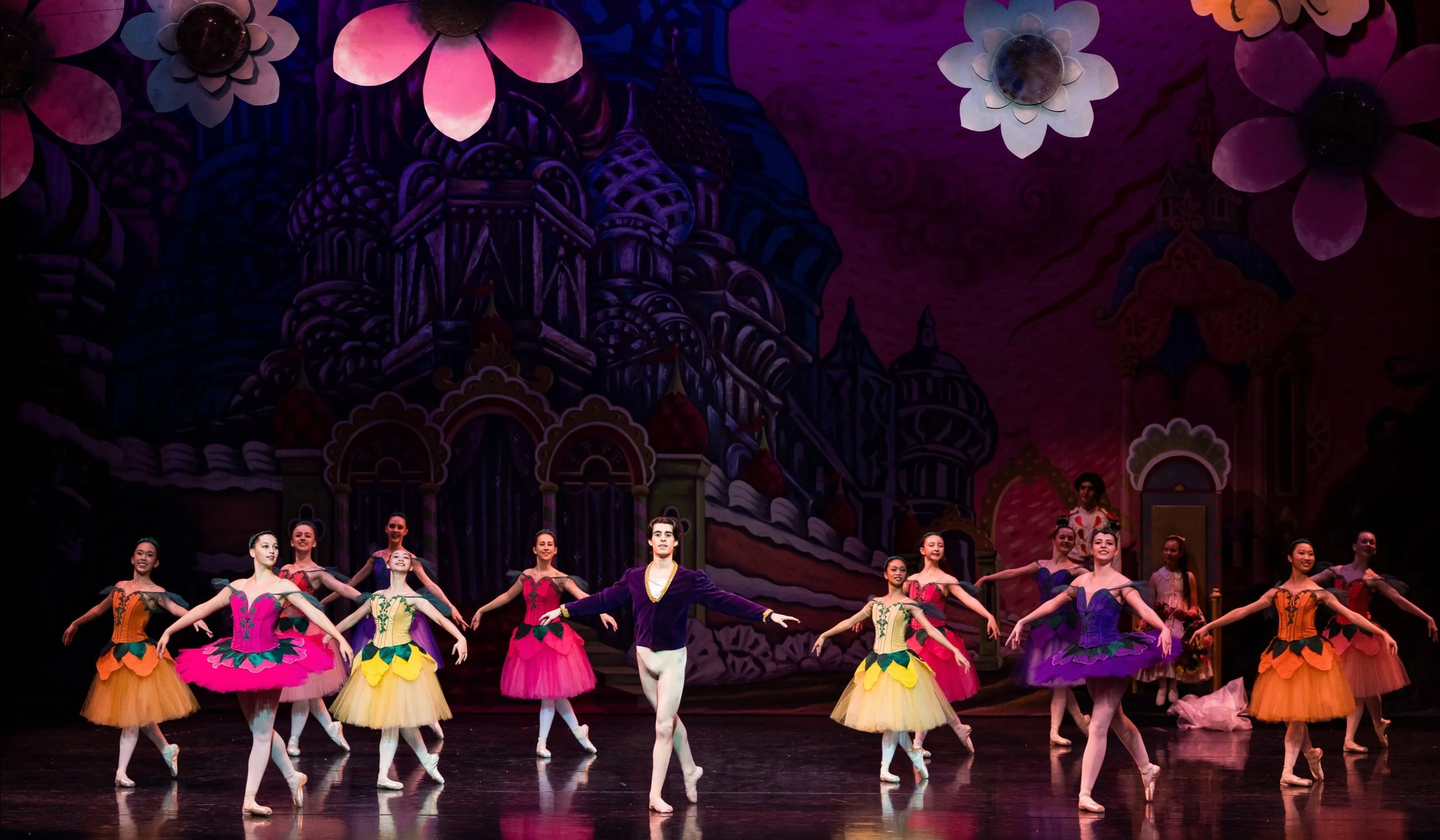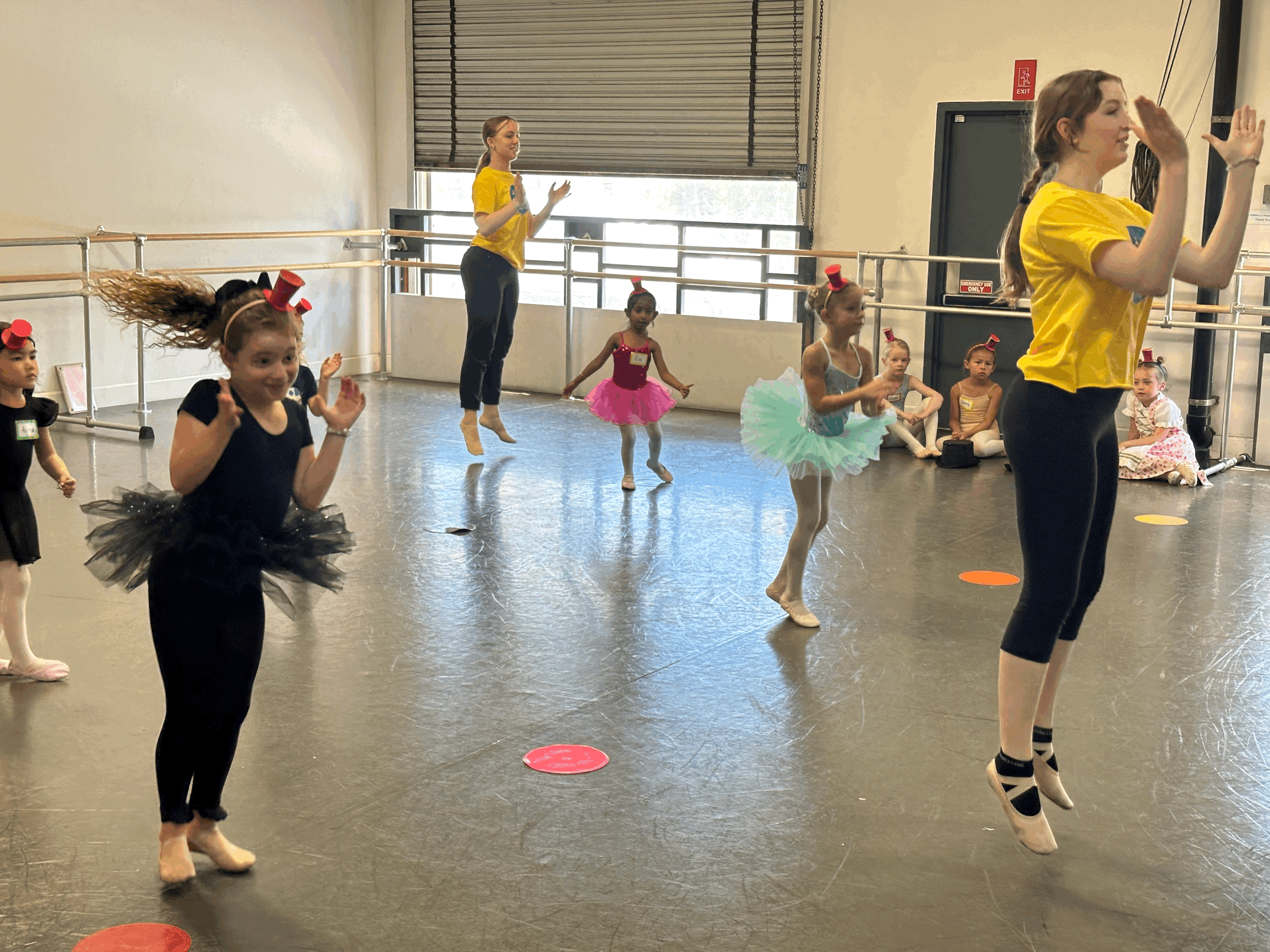Ballet and Fashion: A Timeless Pas de Deux
Ballet has always captivated audiences with its blend of strength, discipline, and ethereal beauty, but its impact doesn’t stop at the footlights. From romantic tulle skirts to the streamlined elegance of ballet flats, ballet has left a lasting impression on the fashion industry. Designers across generations continue to draw from its aesthetic, finding inspiration in both the garments and spirit of the dance.
The Delicate Art of Casting a Ballet
Casting a ballet is one of the most rewarding yet challenging responsibilities in the life of a company or school. On the surface, it may look like a straightforward task—matching dancers to roles—but in reality it is a delicate balancing act, shaped by artistry, hard work, fairness, logistics, and human emotion. Every decision ripples through the entire ensemble, influencing not only the performance itself but also the morale and growth of the dancers.
How Performing Arts Workshops Enrich Student Learning
Performing arts programs aren’t just extracurricular activities; they’re educational powerhouses that help students develop essential skills in ways that traditional classroom instruction often can’t. For example, an in-school dance workshop offers a dynamic, multisensory learning experience. It enhances academic understanding, boosts emotional development, and builds cultural awareness.
Why Student Field Trips to See The Nutcracker Matter
Every December, The Nutcracker casts its spell on audiences of all ages — but for students, seeing it live on a school field trip can be nothing short of a transformative experience. An excursion to see this enchanting production isn’t just a festive treat; it’s a meaningful opportunity to inspire learning, creativity, and personal growth.
How Ballet Helps Kids Lead Balanced Lives in a Social Media-Driven World
In today’s digital age, children are spending more time than ever online, scrolling, posting, and comparing themselves to filtered versions of reality. While social media can offer connection and creativity, too much screen time can harm mental, emotional, and physical development. To protect kids from these effects, many families are turning to a timeless and enriching activity: ballet lessons.
How Social Media Can Negatively Affect Kids’ Well-Being
Social media is a powerful tool that allows children to stay connected with friends and explore their interests, but it also comes with serious risks. From anxiety and depression to disrupted sleep, the negative effects of social media can take a toll on a child’s emotional and mental health, especially during critical developmental years.
Why Learning Ballet Is One of the Best Ways to Balance Screen Time for Kids
In today’s digital world, it can be hard to peel kids away from screens. And in addition to limiting screen time, parents need to find healthy activities for kids to maximize the benefits of achieving that balance. When it comes to helping children grow stronger, more confident, and well-rounded, few activities match the all-around real-world benefits of ballet. Ballet classes offer a structured, screen-free space where children can develop essential life skills — physically, mentally, and emotionally.
Why Kids Need to Balance Screen Time With Real-World Activities
In today’s digital world, it’s easier than ever for children to spend long stretches of time glued to screens, whether it's a tablet, smartphone, TV, or video game. But while technology can be educational and entertaining, too much screen time for kids can negatively affect their physical, cognitive, and emotional development. Striking a healthy balance between screen use and real-world activities is key to healthy child development.
Grace and Grit: Celebrating the Legacy of Black Ballet Dancers
Black ballet dancers have long played a pivotal role in reshaping the landscape of classical dance, challenging norms, and inspiring future generations. From early pioneers to contemporary trailblazers, their contributions have been instrumental in diversifying ballet.
Why Summer Ballet Camps Are a Gift for Children’s Growth
Summer break is a time for rest and play, but for children with an interest in movement and music, it can also be a chance to grow, explore, and thrive. That’s where summer ballet programs come in. Children’s summer ballet camps offer a fun, structured environment where young dancers can build physical strength, boost confidence, and experience the joy of artistic expression. These programs aren’t just for aspiring professionals; they’re for any child who loves to move and learn.
How Learning Ballet Supports Good Mental Health
Ballet is often admired for its elegance and technical precision, but this Mental Health Awareness Month, it’s well worth exploring the vital role it plays in supporting emotional wellness. It’s no secret that physical activity and mental health go hand in hand, yet ballet offers benefits in this regard that sports and workouts alone may not. Learning, practicing, and performing ballet can reduce stress and enhance well-being for children, teenagers, and adults alike. Here’s how.
How Inclusive Ballet Organizations Support Emotional Wellness
Ballet has long been associated with discipline, physical endurance, and artistic expression. Historically, the pressures of traditional ballet environments have contributed to stress, anxiety, and even mental health challenges.
The Evolution of Ballet: How Individuals and Cultural Movements Have Shaped the Art Form
Ballet, an art form that has captivated audiences for centuries, has been shaped by many influential individuals and major cultural movements. From the origins of ballet history in the courts of Renaissance Italy to its modern interpretations across the globe, ballet has continually evolved, blending tradition with innovation.
What to Look for in an Alice in Wonderland Ballet Production
Stepping into the world of Alice in Wonderland through ballet is nothing short of a mesmerizing experience. The whimsical tale by Lewis Carroll comes to life with dazzling choreography, imaginative sets, and evocative music. Southern California Ballet (SCB) offers a fresh take on this timeless classic, making it a must-see for audiences of all ages. Whether you're a seasoned ballet enthusiast or a first-time attendee, here’s what to look for and appreciate in a ballet adaptation of Alice in Wonderland.
Revisiting Alice in Wonderland Through Ballet: A Timeless Journey of Curious Delights
Few stories have captured imaginations like Alice in Wonderland. Lewis Carroll's beloved tale of whimsy, logic, and the fantastical has inspired generations of readers and artists. When brought to life through ballet, this tale truly transcends the page, offering audiences a unique blend of storytelling, music, and movement that evokes the surreal beauty of Wonderland.
Why You Should Attend a Ballet Fundraiser
Performing arts organizations, such as ballet schools and companies, enrich our communities, foster creativity, and inspire future generations. Playing an active role in the support of the fine and performing arts by making donations and attending fundraisers not only nurtures artistic talent but also comes with a host of social, cultural, and economic benefits. Here’s why we should all become big supporters of ballet performing arts in particular.
Famous Ballet Dancers Who Shaped the Art Form
Ballet is a timeless yet ever-evolving art form that has been influenced by many iconic dancers over centuries. Here’s a look at some of the most famous ballet dancers, each of whom have left an indelible mark on the world stage.
Understanding the Differences Between Ballet Slippers and Pointe Shoes
In popular culture, ballerinas are most often portrayed wearing pointe shoes — so much so, in fact, that they’ve become the official “ballet shoes” emoji in most apps. Yet even skilled ballet dancers don’t casually swan about in them, and young dancers don’t wear them at all. For anyone new to ballet, understanding the distinction between ballet slippers and ballet pointe shoes is essential.
Fun With Ballet for Young Children
Ballet is not only an art form but also a wonderful way for young children to express themselves while developing essential motor skills, listening comprehension abilities, and creativity. Making ballet enjoyable is key to encouraging little ones to participate and thrive. Here are some fun pre-ballet ideas for instructors and ways for kids to have fun dancing that every parent should know about.
Fun Facts About Ballet You Didn’t Know
Ballet is a captivating and elegant art form with a rich history — but it’s also full of quirky and unexpected realities. Here’s a look at some unique details you might not know about this globally renowned form of dance.


















